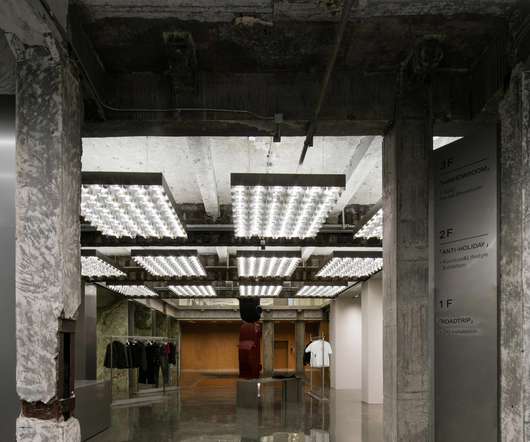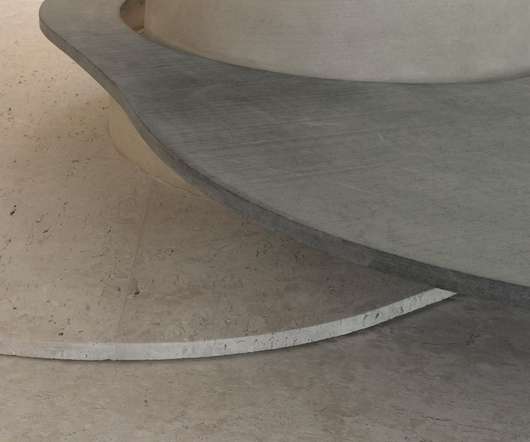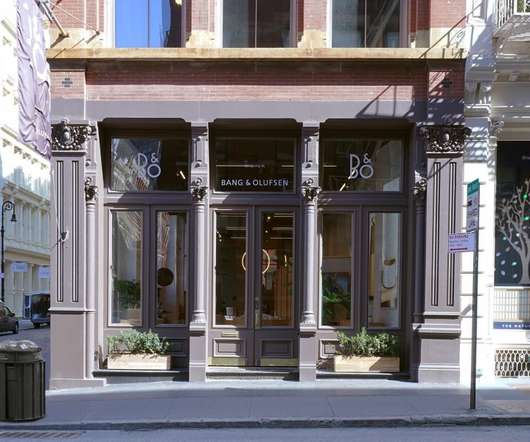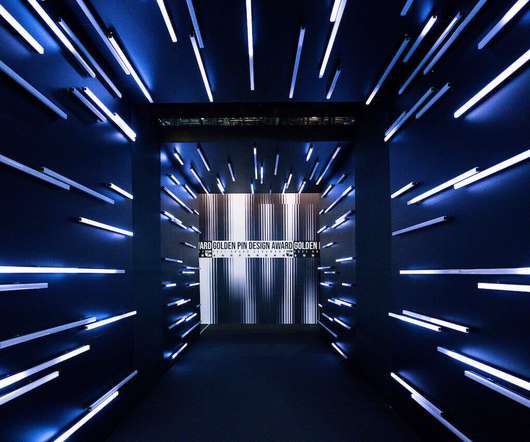Reflecting pool centres XC273 fashion boutique in former Shanghai towel factory
Dezeen
OCTOBER 26, 2022
Dongqi Design strived to preserve and emphasise these different layers of history, which are contrasted against shiny new finishes to create a kind of "nostalgic futurism". The building is organised around three voids, which now form the basis of the store's circulation routes. Dongqi Design gave the second floor a bright white finish.












Let's personalize your content